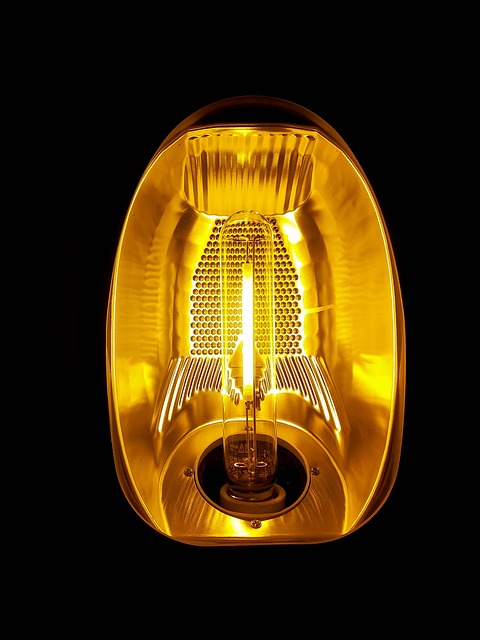Before replacing a commercial roof, assess specific needs based on structural integrity, climate, and maintenance requirements. Evaluate roof age and condition thoroughly to prevent costly mistakes and ensure long-term protection. Research experienced, reputable commercial roof replacement contractors with proven expertise and a strong portfolio. Consider costs influenced by project size, material choice, labor, and repairs, prioritizing quality without compromising budget. Installation involves inspection, preparation, removal of old roofs, and alignment of new materials for optimal environmental protection. Focus on long-term benefits like increased property value, reduced energy costs, and minimal business disruptions through regular maintenance.
As time marches on, so do the demands placed on commercial buildings. After years of exposure to harsh weather conditions, aging infrastructure, or damage from unforeseen events, roof systems require full replacements. This comprehensive guide delves into the crucial aspects of navigating this process, from understanding your needs to selecting the right commercial roof replacement contractor and managing cost considerations. By following these steps, property managers can ensure a seamless transition that offers long-term benefits.
- Understanding Commercial Roof Replacement Needs
- Evaluating Age and Damage: The Initial Step
- Choosing the Right Commercial Roof Replacement Contractor
- Cost Considerations for Full Replacements
- Installation Process: From Begin to End
- Long-Term Benefits and Maintenance Tips
Understanding Commercial Roof Replacement Needs
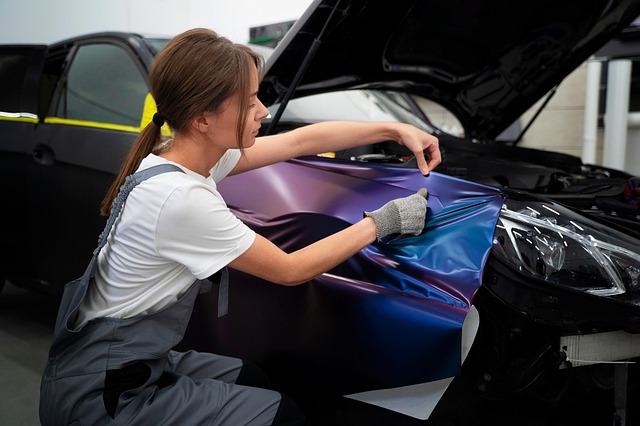
When considering a full replacement for your existing commercial roof system, understanding your specific needs is crucial. Age and damage are common triggers for seeking a new roof, but each building presents unique challenges. Factors such as structural integrity, local climate conditions, and future maintenance requirements should guide your decision-making process. A reputable commercial roof replacement contractor will assess these aspects to recommend the best solution, whether that’s installing a new flat roof or opting for a different roofing system entirely.
Commercial roof costs can vary widely depending on these variables. It’s essential to work with professionals who can provide transparent estimates and expert advice. By prioritizing your building’s unique needs, you’ll ensure a successful replace commercial roof project that enhances your property’s longevity and value.
Evaluating Age and Damage: The Initial Step

Evaluating a commercial roof’s age and any signs of damage is the first crucial step when considering a full replacement. Many roofs can last 20–30 years, depending on their quality and maintenance history. However, factors like extreme weather conditions, proper ventilation, and regular inspections can impact this lifespan. Visual inspection alone may not reveal all issues; therefore, commercial roof replacement contractors often employ advanced methods to assess the structure’s health. They look for signs of wear and tear, such as cracked or missing shingles, blisters, or leaks, which could indicate a need for immediate attention.
Additionally, understanding the current state of the roof involves analyzing its structural integrity, especially in older buildings. Contractors will evaluate the underlayment, flashing, and support systems to determine if they require replacement along with the upper layers. This comprehensive evaluation is essential to avoid costly mistakes and ensure the new flat roof installation (a common commercial roof type) provides optimal protection for many years to come, aligning with the building owner’s investment goals.
Choosing the Right Commercial Roof Replacement Contractor
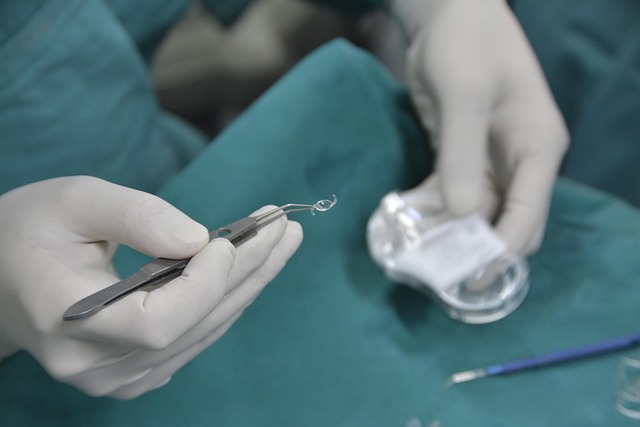
When it comes to choosing a commercial roof replacement contractor, thorough research is key. Look for professionals with extensive experience in handling similar projects, as this ensures they understand the unique challenges and requirements of commercial roofing. Check their portfolio to assess the quality of their work and the variety of materials they use. It’s also essential to inquire about their licensing and insurance to protect your business from potential liabilities.
Consider asking for references from past clients to gauge their satisfaction with the contractor’s work. Additionally, understanding the commercial roof costs involved is crucial before starting any project. A reputable contractor should provide transparent estimates, outlining labor, materials, and any hidden fees associated with the new flat roof installation or replacement process. This ensures you make an informed decision for your business’s long-term roofing needs.
Cost Considerations for Full Replacements
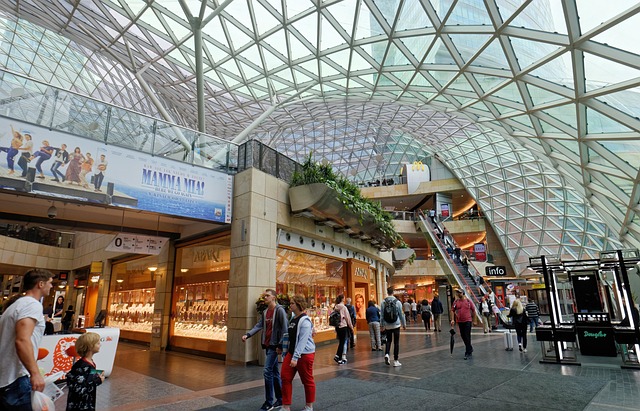
When considering a full replacement for an existing commercial roof system, cost is a primary concern. While a new flat roof may seem like a straightforward solution, the actual financial implications can vary greatly. Commercial roof costs are influenced by several factors, including the size and complexity of the project, the type of roofing material chosen, local labor rates, and any necessary structural repairs. Engaging with a reputable commercial roof replacement contractor is crucial to receiving an accurate estimate and ensuring cost-effectiveness without compromising quality.
The decision to replace a commercial roof due to age or damage should be based on a thorough assessment of both the financial outlay and long-term benefits. A well-planned replacement project can offer improved energy efficiency, enhanced structural integrity, and increased property value—all while aligning with relevant building codes and safety standards. Prioritizing these aspects ensures that the investment in a new commercial roof proves worthwhile for years to come.
Installation Process: From Begin to End

The installation process for a full commercial roof replacement involves several meticulous steps, carried out by experienced professionals known as commercial roof replacement contractors. It begins with a thorough inspection to assess the existing structure and identify any damage or areas requiring special attention. This is crucial in determining the most suitable new flat roof system for the building’s unique needs and ensuring a secure, long-lasting fit.
Once the planning phase is complete, the contractor’s team prepares the surface, removing any debris, repairing leaks, and addressing structural weaknesses. After this meticulous preparation, the old roof is carefully removed, layer by layer, to expose the underlying structure. This is followed by the installation of new roofing materials, meticulously aligned and fastened to provide maximum protection against environmental elements. Throughout the process, commercial roof replacement contractors ensure adherence to safety protocols and building codes, guaranteeing a safe and effective replacement that reflects the latest advancements in roofing technology, ultimately contributing to the property’s overall value and longevity.
Long-Term Benefits and Maintenance Tips
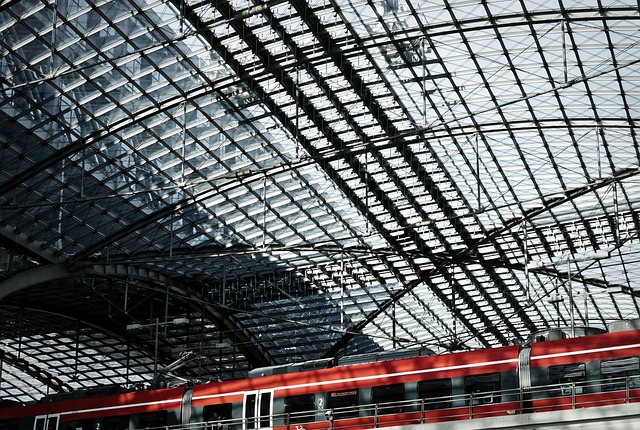
When considering a full replacement for your existing commercial roof system, it’s crucial to look beyond the initial investment and focus on long-term benefits. A well-installed new flat roof from a reputable commercial roof replacement contractor can significantly enhance the property value, reduce energy costs through improved insulation, and minimize downtime or disruptions to business operations during the installation process.
Regular maintenance plays a vital role in extending the lifespan of your newly installed commercial roof. Simple steps like inspecting for damage after severe weather events, keeping drainage systems clear, and applying protective coatings as recommended by the manufacturer can prevent premature wear and tear. By prioritizing routine care, you’ll ensure your replacement roof remains in top condition, providing years of reliable protection for your commercial space. Remember, a commercial roof contractor can offer expert guidance tailored to your specific needs and budget.
